|
"Suck your stomach in!" goes a common instruction in yoga class. This cue is present in a lot of different lineages and styles, and goes to the heart of an important conversation in the yoga world: What are we teaching? Let's explore the meaning of this instruction, beginning with the elements involved. Namely, the "stomach" and "sucking in." What is the stomach? It is an organ in our digestive tract. It is high in the abdomen, just below the ribs and diaphragm. It is the first place our food goes after we chew and swallow it. How do we suck the stomach in? We don't. We can't. The stomach itself has muscles that help us in digesting and passing food through our system. But they are involuntary muscles that we can't consciously control. This instruction, "Suck the stomach in," refers to the stomach in a much more general and imprecise way, where "stomach" actually means "abdomen."
The muscle that pulls the abdomen in is called the transverse abdominis. It wraps around the belly like a corset, helping us breathe and stabilizing the spine when needed. If you are wondering what if feels like, exhale your breath forcefully and feel the sides of your abdomen. They will be tight and contracted. This is your transverse abdominis.
What are we actually teaching? That brings us back to the instruction, "Suck your stomach in." If we take the instruction at its word, it is impossible. The stomach's position cannot be changed consciously nor can its muscles be contracted consciously. The only way that this instruction makes sense is if we interpret "stomach" to mean "abdomen" and proceed to contract an abdominal muscle that "sucks in." Also, if our students take us at our word (which I hope they do), they are learning that the stomach is something that can be "sucked in," which it is not. This is worrying, essentially teaching an inaccurate and incorrect concept to unknowing students. The easiest of fixes This instruction can be modified ever so slightly to become an effective cue. "Pull your abdomen in" or "pull your belly in" are both anatomically sound and they accomplish the desired result: contraction of the transverse abdominis. They remove the danger of propagating false information to our students and encourage them to learn the correct way.
0 Comments
Leave a Reply. |
AUTHORSScott & Ida are Yoga Acharyas (Masters of Yoga). They are scholars as well as practitioners of yogic postures, breath control and meditation. They are the head teachers of Ghosh Yoga.
POPULAR- The 113 Postures of Ghosh Yoga
- Make the Hamstrings Strong, Not Long - Understanding Chair Posture - Lock the Knee History - It Doesn't Matter If Your Head Is On Your Knee - Bow Pose (Dhanurasana) - 5 Reasons To Backbend - Origins of Standing Bow - The Traditional Yoga In Bikram's Class - What About the Women?! - Through Bishnu's Eyes - Why Teaching Is Not a Personal Practice Categories
All
Archives
May 2024
|

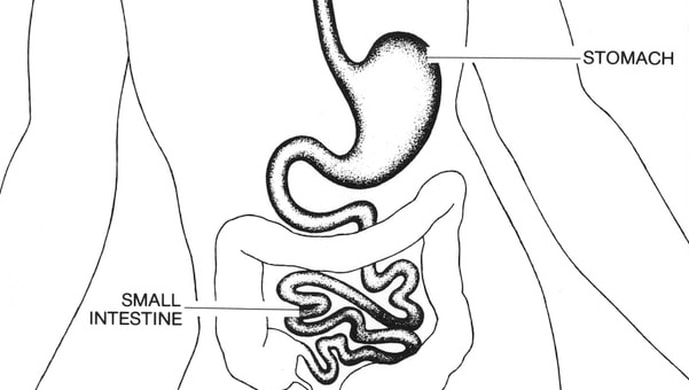
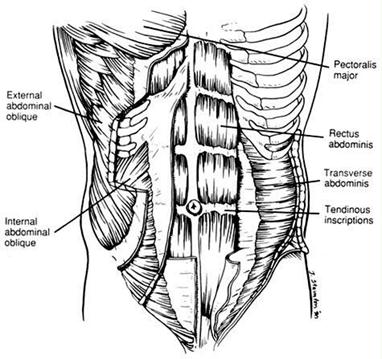
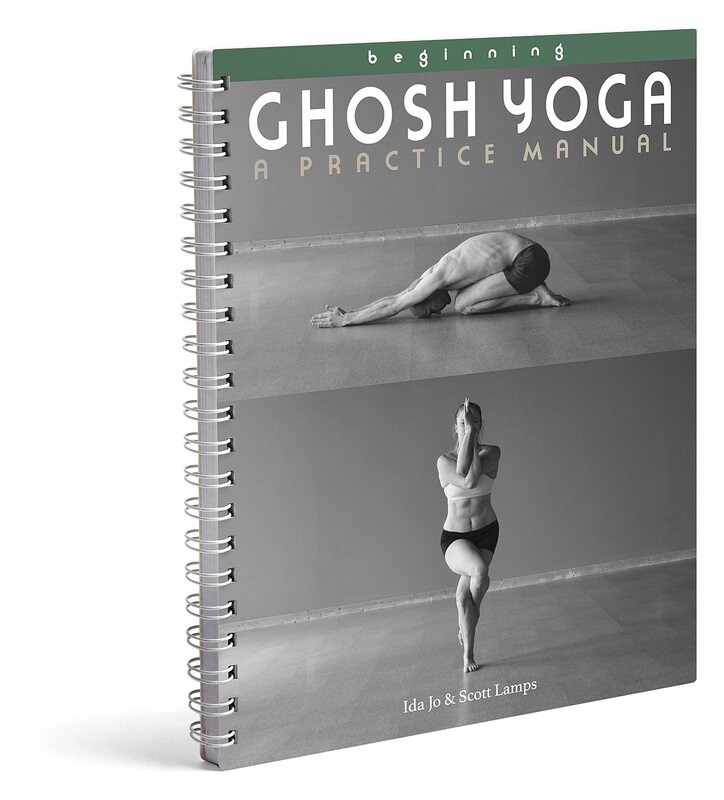
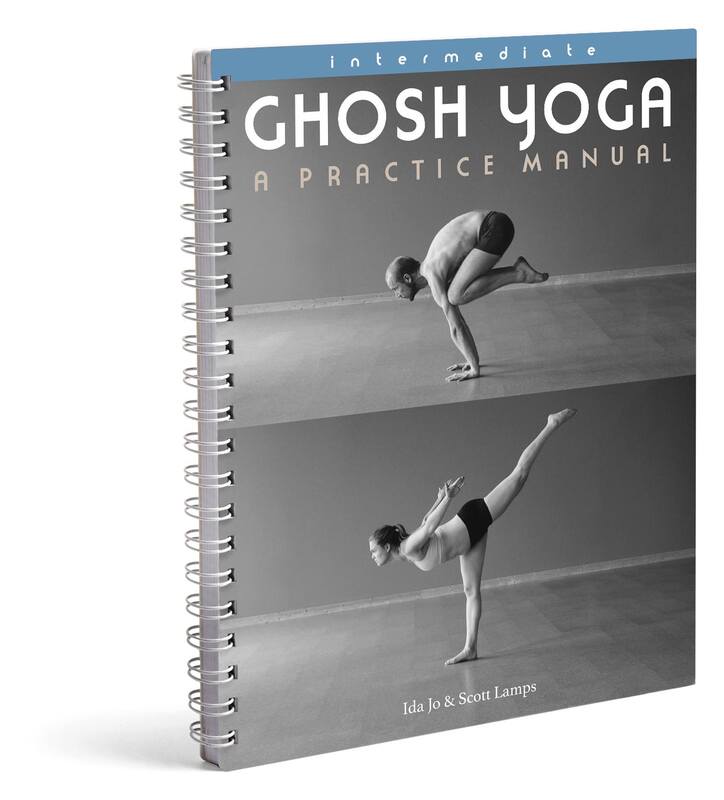
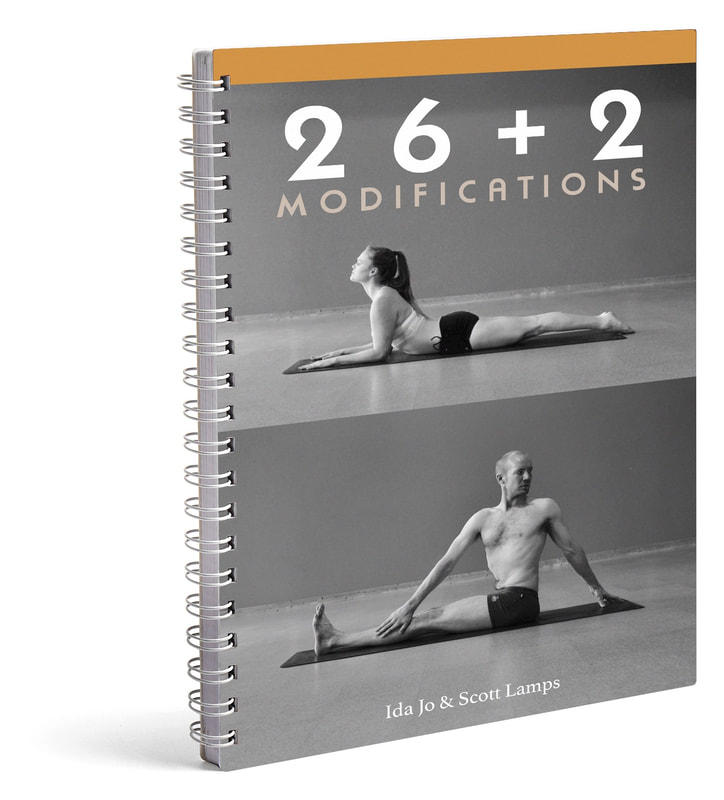


 RSS Feed
RSS Feed